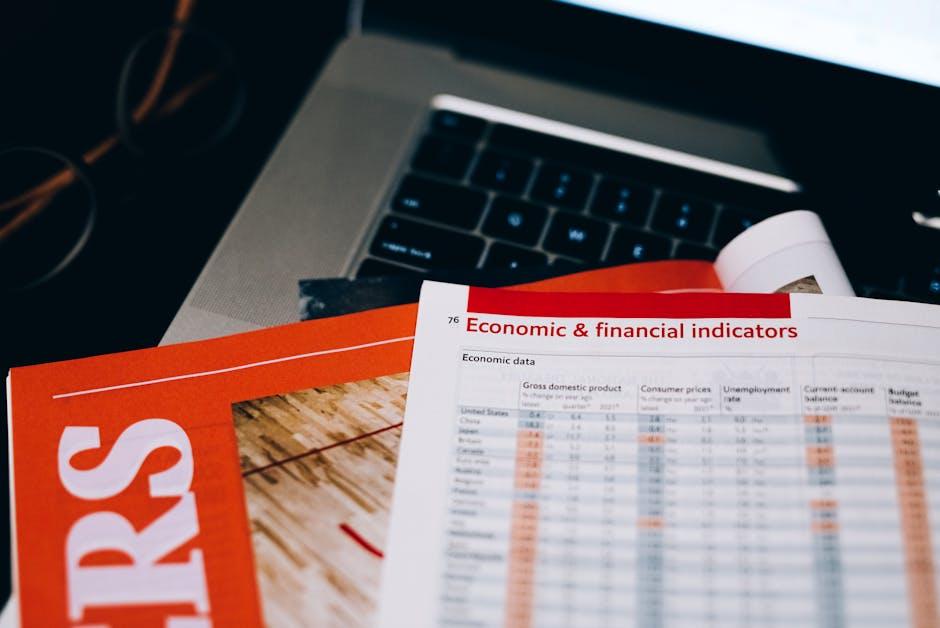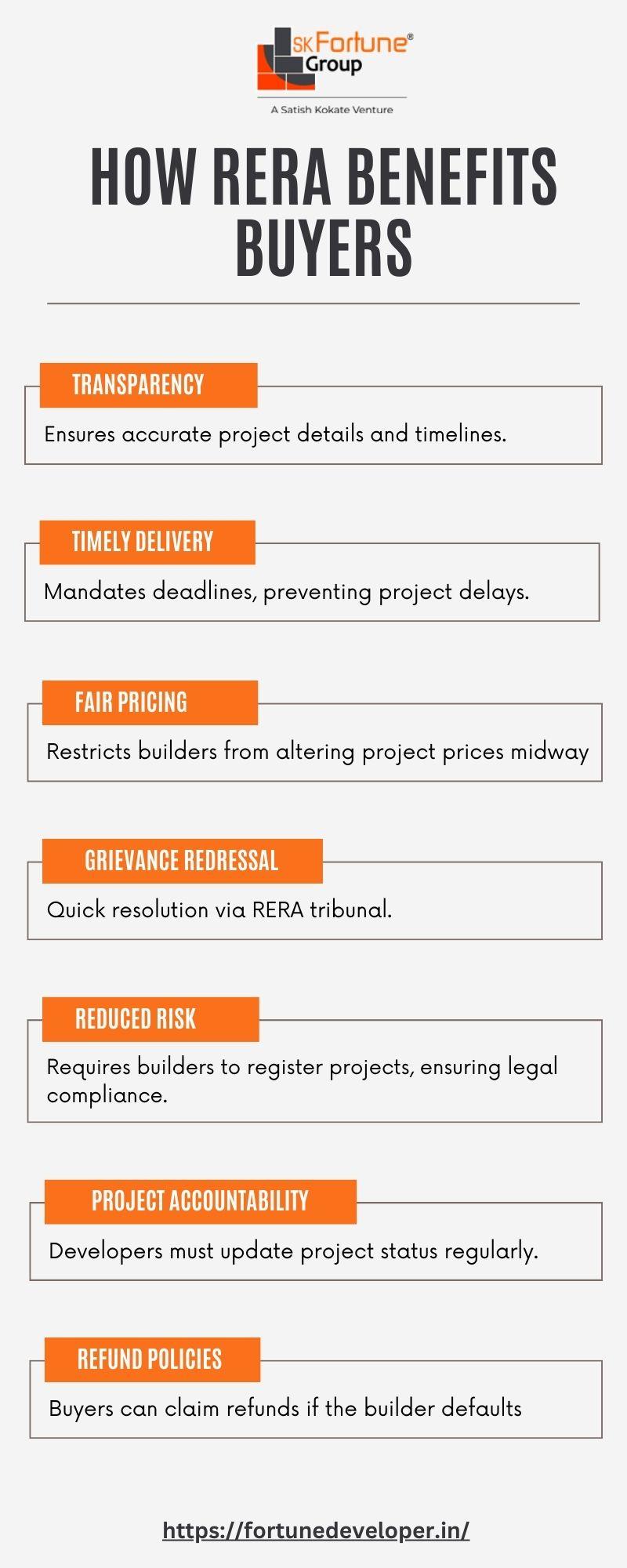In the intricate dance of modern commerce, where digital transactions flow seamlessly across borders and platforms, an unseen battle rages beneath the surface. Fraudsters, armed with ever-evolving tactics, lurk in the shadows, seeking to exploit vulnerabilities and capitalize on the anonymity of the digital age. Yet, as the threat of fraud looms larger than ever, a powerful ally has emerged from the depths of data science: behavioral analytics. This innovative approach, which deciphers the subtle nuances of human behavior, stands at the forefront of fraud detection, transforming raw data into a formidable defense mechanism. In this article, we delve into the pivotal role of behavioral analytics in the fight against fraud, exploring how it not only identifies anomalies but also anticipates threats with uncanny precision. Join us as we uncover the sophisticated strategies that are redefining security in the digital realm, empowering businesses to safeguard their assets and fortify trust in an era where every click, swipe, and transaction is a potential battleground.
Unmasking Deceptive Patterns through Behavioral Analytics
In the ever-evolving landscape of digital fraud, traditional detection methods often fall short, as fraudsters continually refine their tactics to evade detection. Behavioral analytics emerges as a formidable ally in this battle, leveraging the subtle nuances of user behavior to uncover patterns that may indicate fraudulent activity. By analyzing data points such as mouse movements, keystroke dynamics, and even the rhythm of user interactions, behavioral analytics can discern between genuine and deceitful activities with remarkable precision.
Key benefits of implementing behavioral analytics in fraud detection include:
- Real-time Monitoring: Continuously assess user actions to identify anomalies as they occur.
- Adaptive Learning: Employ machine learning algorithms that evolve with emerging fraud tactics.
- Reduced False Positives: Differentiate between legitimate users and fraudsters, minimizing disruptions for genuine customers.
- Comprehensive Insights: Gain a holistic view of user behavior across various platforms and devices.
By harnessing the power of behavioral analytics, organizations can not only protect themselves against fraud but also enhance their overall security posture, ensuring a safer digital environment for all users.

Harnessing Data-Driven Insights to Combat Fraudulent Activities
In the ever-evolving landscape of digital transactions, behavioral analytics emerges as a formidable ally in the fight against fraud. By meticulously analyzing patterns and deviations in user behavior, this innovative approach enables organizations to detect anomalies that traditional methods might overlook. Behavioral analytics leverages machine learning algorithms to scrutinize vast amounts of data, identifying subtle indicators of fraudulent activity. This not only enhances the accuracy of fraud detection but also minimizes false positives, ensuring legitimate transactions proceed without unnecessary hindrance.
- Dynamic User Profiling: Continuously updates user profiles based on real-time behavior, allowing for more precise detection of irregular activities.
- Pattern Recognition: Utilizes advanced algorithms to recognize unusual patterns that may indicate fraudulent intent.
- Contextual Analysis: Considers the context of transactions, such as location and device used, to provide a comprehensive understanding of user actions.
By integrating behavioral analytics into their fraud prevention strategies, businesses can stay one step ahead of cybercriminals, safeguarding both their assets and customer trust. This proactive approach not only strengthens security but also fosters a seamless user experience, striking a balance between vigilance and convenience.
Optimizing Fraud Detection Strategies with Behavioral Analytics
In the ever-evolving landscape of fraud detection, leveraging behavioral analytics has become a cornerstone for developing more sophisticated and accurate strategies. By analyzing patterns and behaviors rather than relying solely on static data points, organizations can uncover anomalies that might otherwise go unnoticed. Behavioral analytics delves into the nuances of user interactions, identifying deviations from established norms that could indicate fraudulent activity. This approach not only enhances the precision of detection mechanisms but also minimizes false positives, ensuring that legitimate users are not unduly flagged.
- Real-time Monitoring: Behavioral analytics allows for continuous observation of user activities, enabling immediate identification of suspicious actions.
- Adaptive Learning: Systems can evolve by learning from new data, adapting to emerging fraud tactics, and improving over time.
- Contextual Insights: By understanding the context of user behavior, organizations can make more informed decisions about potential fraud risks.
Implementing behavioral analytics not only strengthens the defense against fraud but also provides a more seamless experience for genuine users. As fraudsters become more adept, the need for intelligent, behavior-based strategies becomes paramount, offering a proactive approach to safeguarding assets and maintaining trust.
Implementing Proactive Measures for Enhanced Security
In today’s digital landscape, relying solely on traditional security measures is no longer sufficient. Behavioral analytics offers a transformative approach to identifying fraudulent activities by examining patterns and anomalies in user behavior. By leveraging advanced algorithms and machine learning, organizations can detect subtle deviations from normal user activities, which often precede fraudulent actions. This proactive approach enables businesses to identify potential threats before they escalate, providing a robust layer of security that evolves with emerging threats.
- Real-time Monitoring: Continuously tracks user interactions to identify unusual behavior.
- Pattern Recognition: Utilizes historical data to establish a baseline of normal activity, making deviations easier to spot.
- Adaptive Algorithms: Employs machine learning to refine detection capabilities over time, adapting to new fraud tactics.
- Comprehensive Insights: Provides detailed reports and alerts, enabling swift action against potential threats.
By implementing behavioral analytics, companies can move beyond reactive measures, creating a dynamic security environment that anticipates and mitigates risks effectively. This not only enhances the overall security posture but also builds trust with customers, assuring them of the company’s commitment to safeguarding their data.





